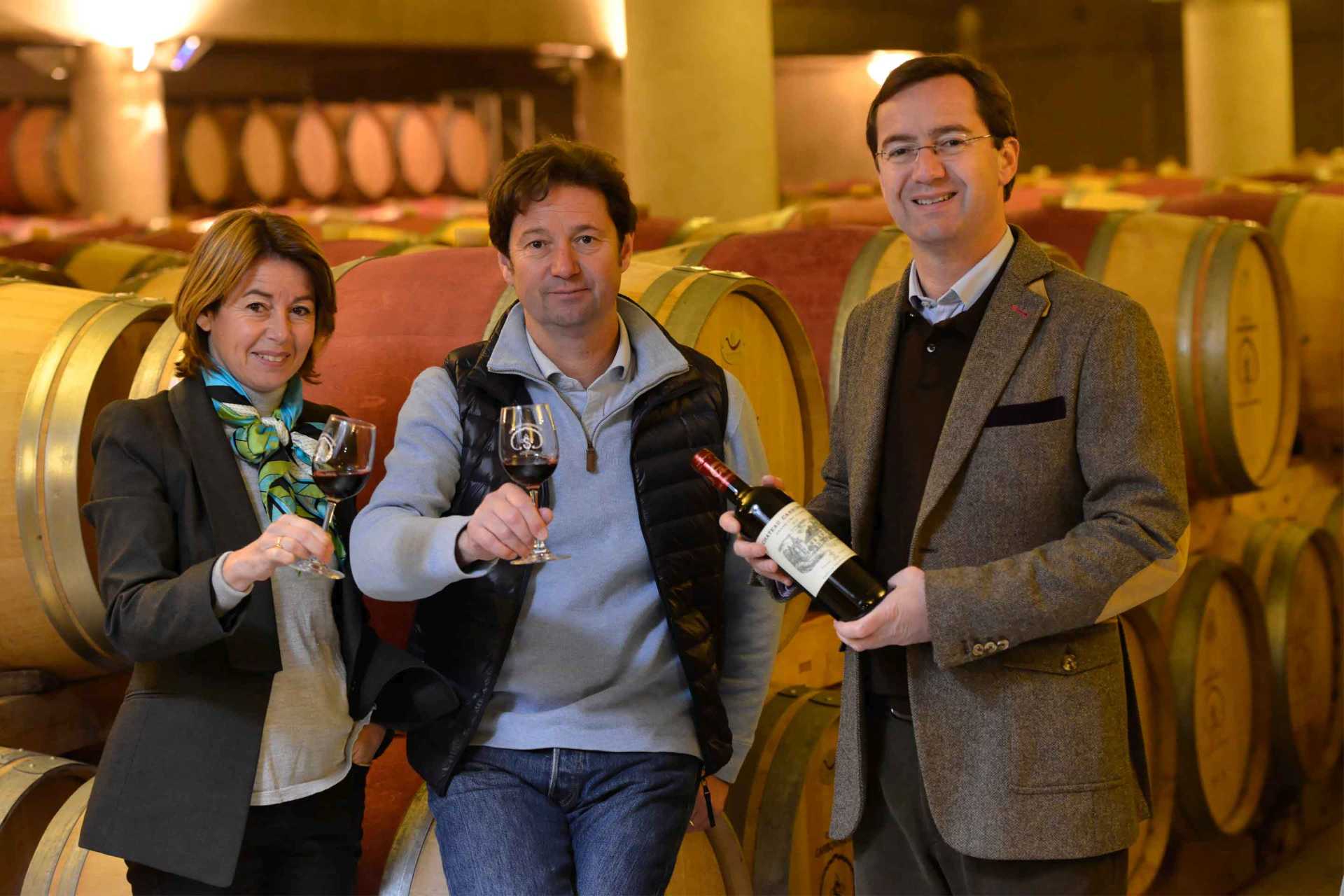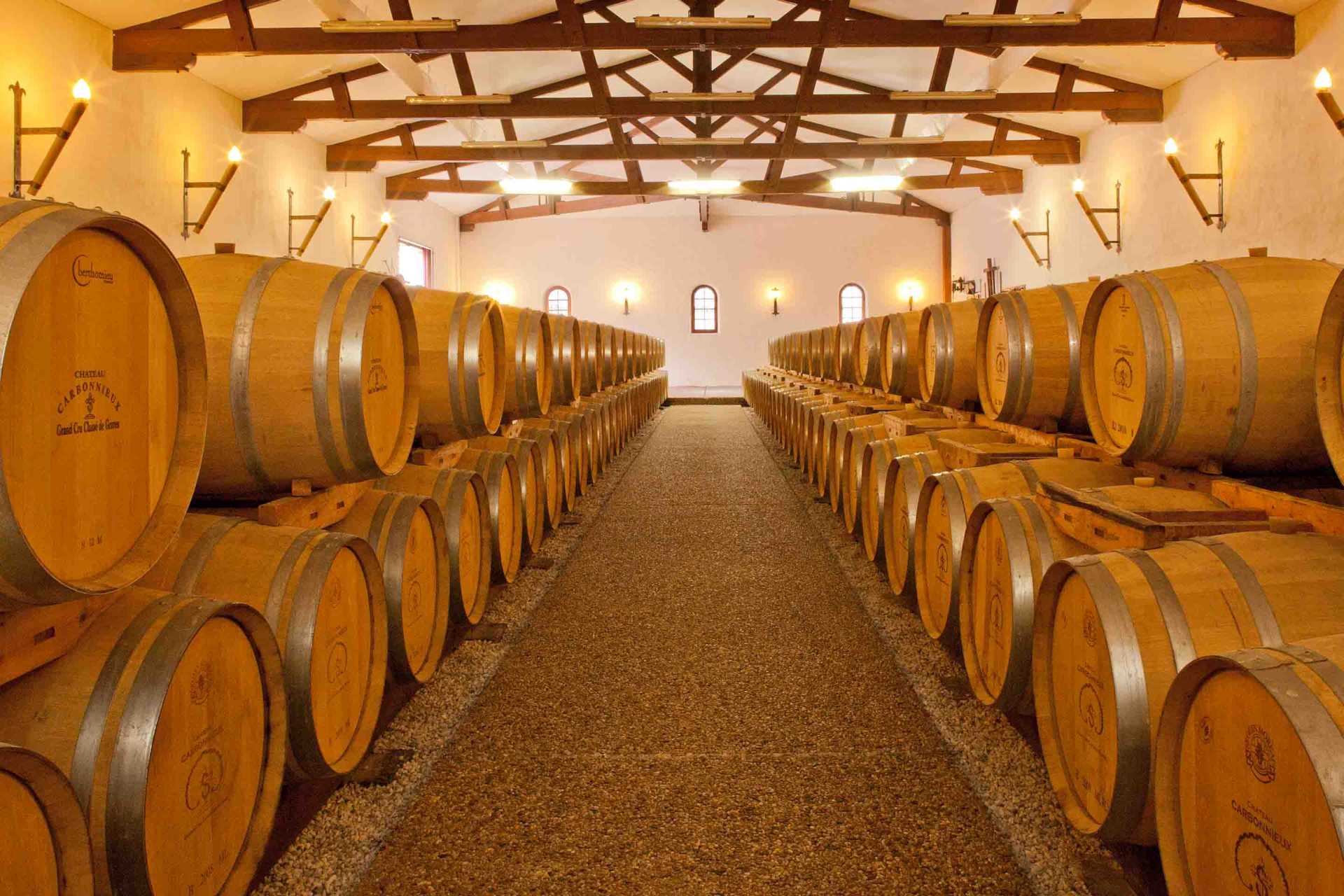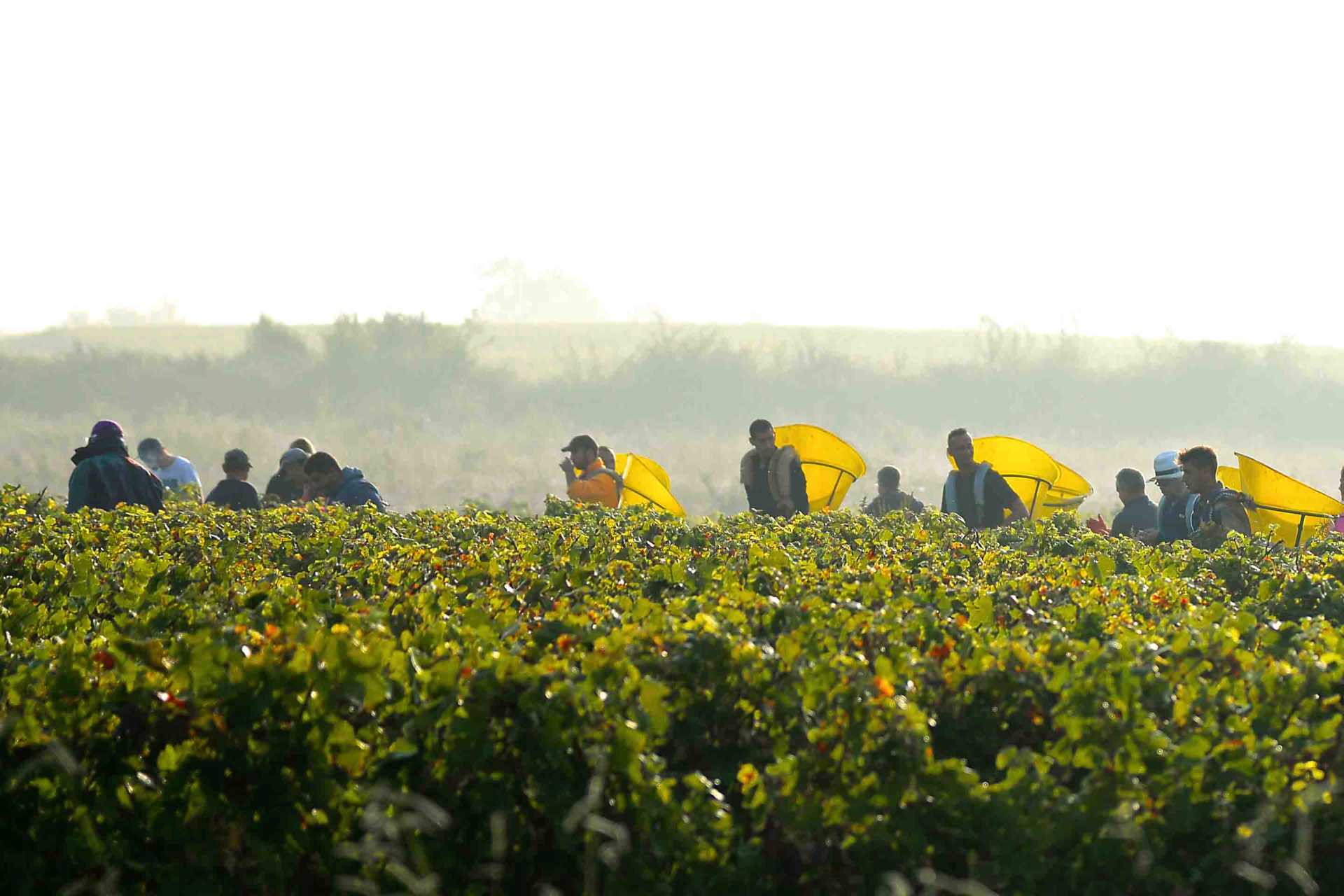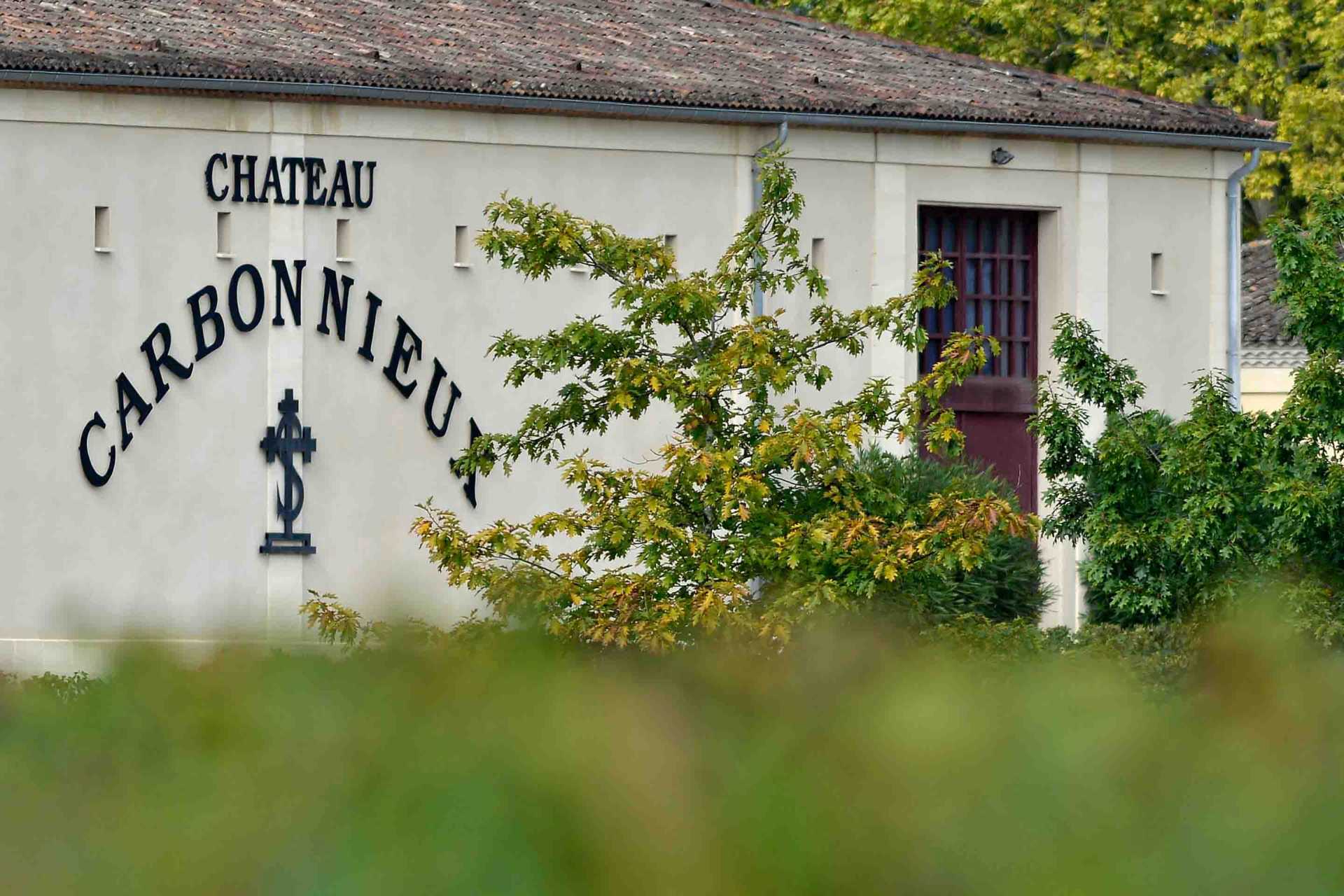Château Carbonnieux, a Grand Cru Classé in both red and white wines from the Pessac-Léognan appellation, is a wine estate with a history spanning nearly eight centuries.
Archives mention the name of a certain Ramon Carbonnieu, owner of vineyards in Léognan in the early 13th century. In 1740, the Benedictine monks of Sainte-Croix Abbey acquired the estate, revolutionizing white wine vinification by bottling at the property. They successfully exported their white wine to the court of the Ottoman sultan, who nicknamed this beverage "Carbonnieux mineral water."
During the French Revolution, following the sale of clergy property, the estate changed hands multiple times. During the 19th century, it was managed by the Bouchereau family. From 1900 to 1956, there was a "waltz of owners" before the Perrin family took control of the estate.
Since then, this family has restored and modernized the estate, achieving Grand Cru Classé classification in 1959. Planted areas have doubled in fifty years, increasing the vineyard from 45 to 100 hectares. Today, the fourth generation of the Perrin family ensures the continuity of this legacy.
The Carbonnieux terroir, located in Léognan, is a 50-meter-high gravel hill with a true "mosaic of terroirs." In addition to gravel, it includes sand, limestone, and clay. The 100-hectare vineyard is subdivided into 119 plots, each treated with personalized care to express its unique identity.
The vineyard is divided between 55 hectares of red grape varieties (Cabernet Sauvignon (50%), Merlot (40%), Cabernet Franc (5%), Petit Verdot (5%)) and 45 hectares of white grape varieties (65% Sauvignon Blanc, 35% Sémillon). The estate is certified High Environmental Value (HVE) Level 3.
The vinification of white wines focuses on reduction to preserve their freshness and aromatic purity. Grapes are hand-harvested, sorted, cold-macerated, then pressed under nitrogen. Alcoholic and malolactic fermentations take place in stainless steel tanks. Aging lasts 10 months in oak barrels (25% new) with regular lees stirring.
For red wines, after manual harvesting, a cold maceration is carried out for five days in temperature-controlled wooden vats. Alcoholic fermentation takes place in stainless steel tanks. Malolactic fermentation occurs in new barrels. Aging lasts 15 to 18 months in Bordeaux barrels (30 to 40% new).
Château Carbonnieux has adjusted its aging durations to offer wines that are enjoyable in their youth but still possess great aging potential.

![]()
![]()
![]()
![]()





